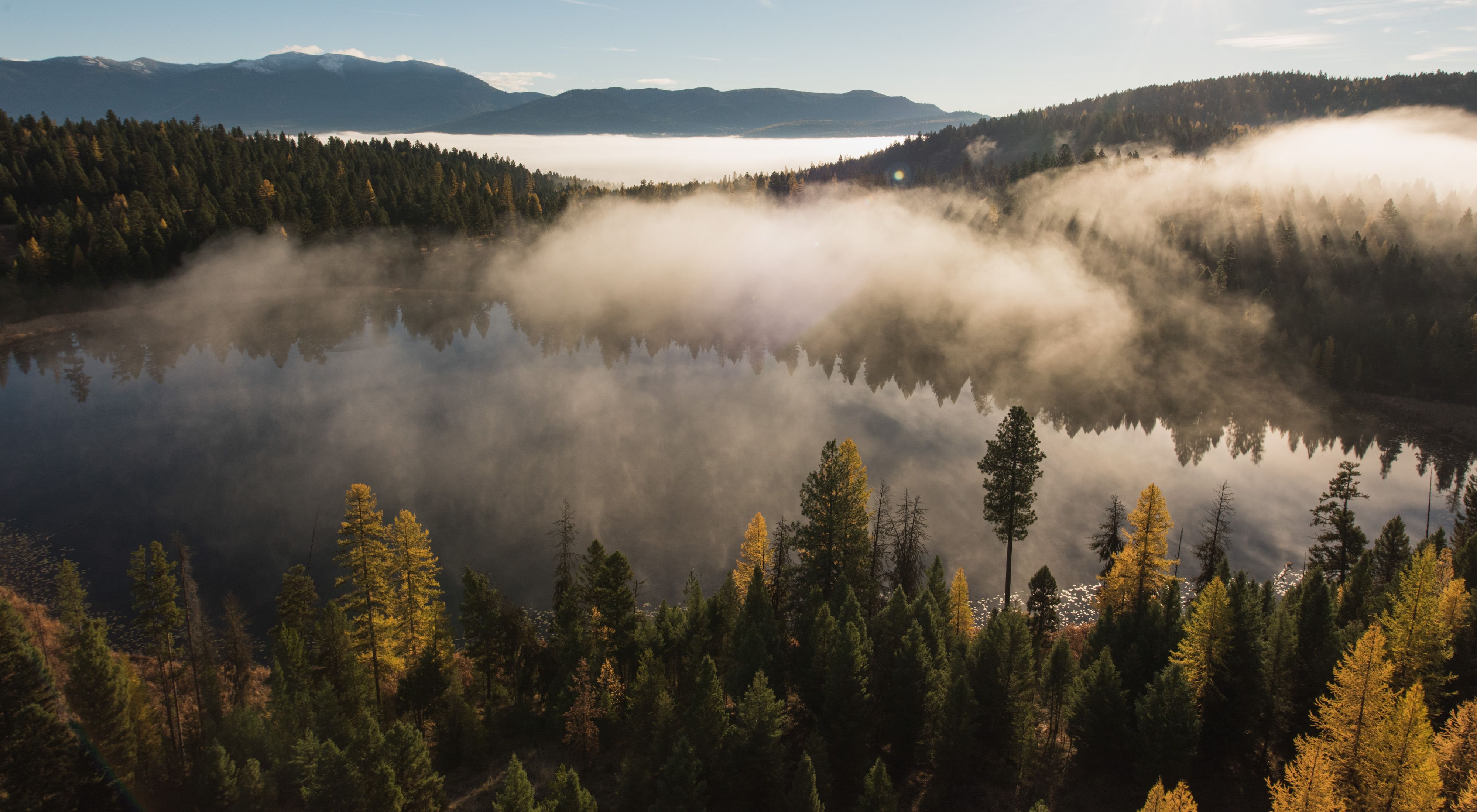Forests and Carbon
Thinning young forests can help them store carbon when mature.
It’s well-established that healthy forests absorb the atmospheric carbon that contributes to climate change. Conventional wisdom tells us the more trees in a forest, the more carbon gets absorbed. It turns out that the size and health of those trees may be even more important than their simple numbers. That’s the finding of a new study by University of Montana scientist, and Nature Conservancy Stewardship Assistant, Mike Schaedel. And, it’s information that TNC can use to help reduce the impacts of climate change while restoring our Montana forests.
The Clearwater-Blackfoot Project began in 2014 with the purchase of 117,152 acres from the Plum Creek timber company, preserving a crucial piece of the mosaic that makes up the extraordinary Crown of the Continent. The Crown encompasses some of the most critical Canada lynx habitat in the West and is a vital pathway for wide-ranging animals, such as grizzly bears, that rely on healthy forests.
“Trees are made of roughly 50% carbon. Densely packed trees are smaller and have smaller crowns than trees grown with more space and so they absorb less carbon than bigger trees with larger crowns. The crown is where the carbon is stored,” says Schaedel.

His research compares three different thinning treatments on previously unthinned stands. It goes on to find that, in order to create forests of big trees with spreading crowns, they should be thinned at a young age. When forests are less dense, individual trees have more resources such as light, moisture, and soil nutrients; the resources that allow them to grow bigger, healthier and more resilient to threats such as disease and fire.
“Foresters have known for a long time that early thinning is a good investment in lumber production, but now we know that it’s also a good investment in carbon storage. It’s like starting to invest in an IRA when you’re 18 instead of 48. By the time you’re ready to retire, you’ve accrued a much bigger nest egg. It’s also cheaper, easier and less damaging to the forest to do thinning at that age.”
Since much of the forest within the Clearwater-Blackfoot Project is relatively young due to past logging and recent wildfire, this is knowledge we can put into action to achieve our goal of healthy, working forests for people and nature, while also helping fight climate change.
“This is a golden opportunity for the Conservancy to get these young forests off to a really good start. Thinning these forests now will help them adapt to a hotter drier climate while also increasing their value in terms of long-term carbon storage, wildlife habitat, and potential timber production,” concludes Schaedel.
